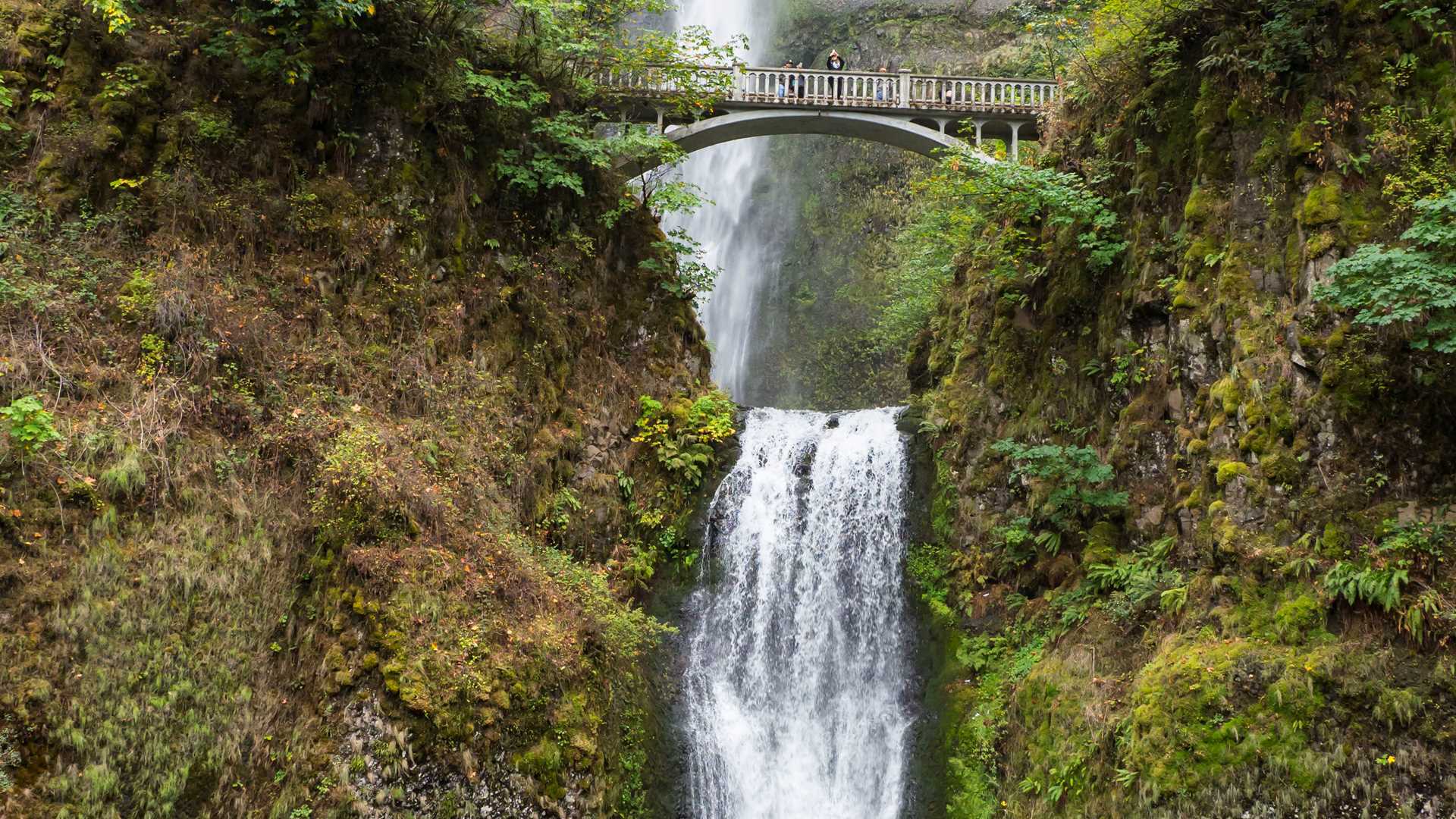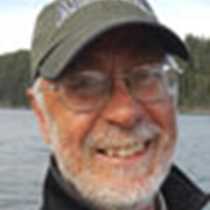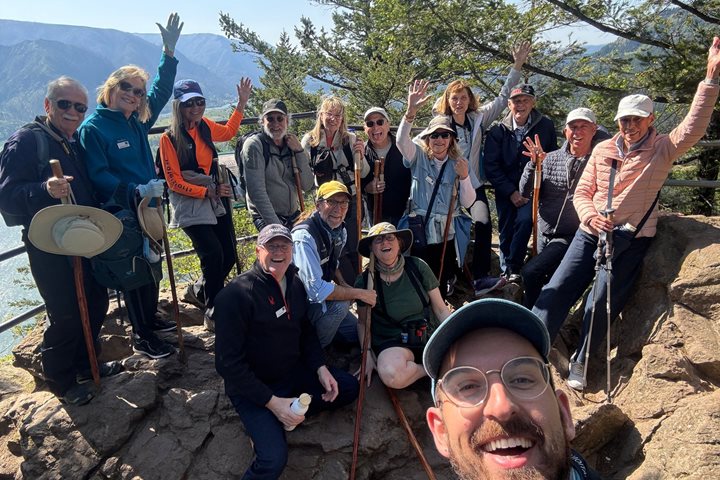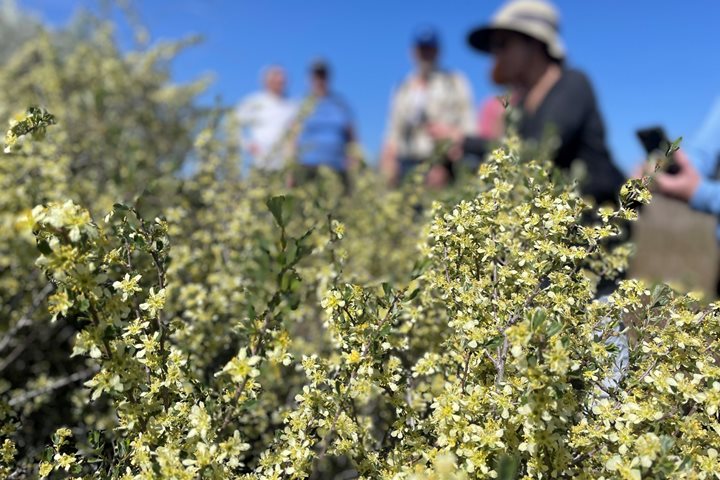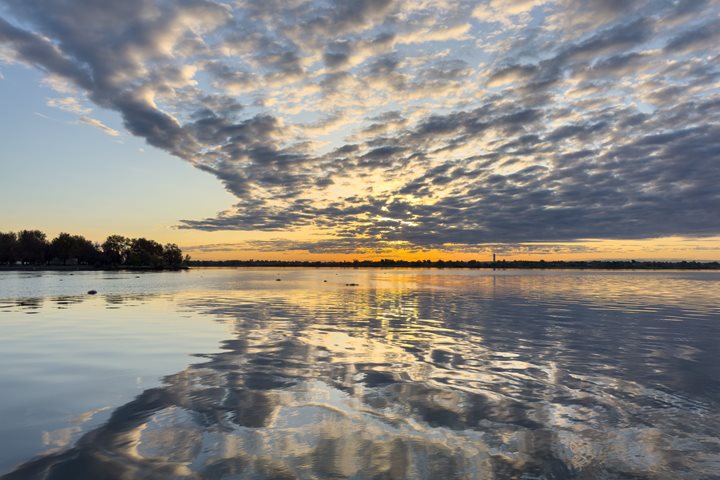The second day of our voyage started with the National Geographic Sea Lion anchoring in a wide part of the Columbia River, just west of Multnomah Falls. So right after breakfast, and a quick briefing on the proper way to enter and exit the Zodiac landing craft, we headed ashore for the morning activities. First it was a bus ride to the falls for a short walk, and a lot of picture-taking of this magnificent natural feature in the state of Oregon. Our next stop was just ten minutes away at the Bonneville Fish Hatchery, where we saw massive sturgeon, rainbow trout, and some of the returning salmon to this large facility. After lunch it was time to go through the first of eight locks along our travels up the Columbia and Snake Rivers! The rest of the day was spent cruising upriver through the beautiful Columbia River Gorge toward Hood River, and tomorrow’s adventures!
Call +1.800.397.3348 or contact your travel advisor

